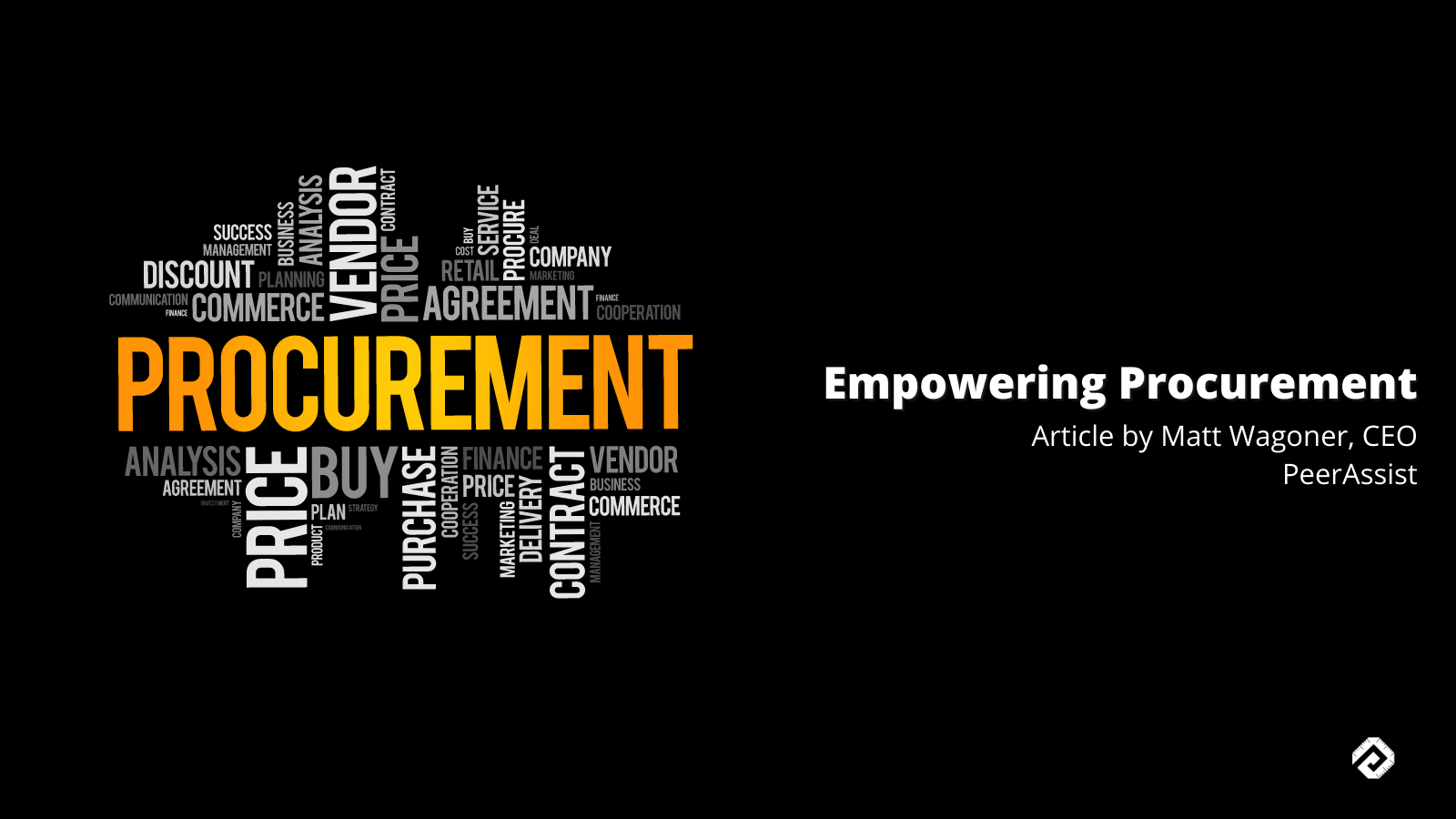Data Entry, The Silent Killer
In construction, a penny saved is a penny earned. Modern construction technology is designed to bridge the gap between the field, office, and various...

A job site is a continuously evolving environment, as most owners or managers can attest. They will tell you that a certain degree of uncertainty in the design and execution of any building project happens. Its effects often ripple through the entire team, from designer to supplier. PeerAssist is devoting our next series of blogs to take a deep dive into the subject of procurement processes and address challenges that initially arose during the pandemic and still continue, including the slowdown of goods and labor. Over the following five blogs, we will cover purchasing v. procurement, purchasing in the field with apps v. traditional methods, bidding, securing the materials/products/services, and pricing and sourcing vendors.
Project Delivery
While getting the job right the first time would be terrific, this is not the way things often unfold. Problems pop up, everything from unanticipated design or regulatory changes, site or environmental discoveries, and, more often than not, bottlenecks in the supply chain. The ability to smooth out or circumvent these surprises depends not on diminishing the inevitable uncertainties but on finding the most effective methods for adapting and responding to them.
Optimizing procurement processes ensures that project delivery will not drag out. Good communication ensures all eyes are on the prize. Using intelligent cloud-based solutions provides consistent and accurate access to project data, whether internal, external, structured, or unstructured. Moreover, this data can be integrated and analyzed in real time.
Procurement officers and their teams need to adapt to the evolving procurement technology landscape if they hope to remain competitive. For example, sharing data within a company maximizes value by allowing teams to monitor spending, evaluate performance and capabilities, and track procurement with the correct data on hand at each step of the process. Better yet, apps and electronic forms can be integrated with existing accounts payable, TA, or TMS systems, making it easier to manage accounting and billing functions with available data.
Procurement technology is ushering in a new era for the industry, changing not only procurement but also how we work. Standardizing workflows and moving information through the right pathway to get fast, correct approvals while keeping team members and suppliers on the same page are just some of the myriad benefits of electronic procurement systems.
With consistent and accurate access to data and cloud-based tools like those offered by PeerAssist, contractors have an integrated view of a project lifecycle, a more efficient process for dealing with suppliers, and the ability to streamline T&M tracking and field purchasing. In short, there are a lot of efficiencies and cost savings to be gained in digital procurement, as well as unprecedented opportunities to drive greater collaboration and innovation on the job site.

In construction, a penny saved is a penny earned. Modern construction technology is designed to bridge the gap between the field, office, and various...

Why Every Contractor Needs To Bulletproof Their Purchase Orders Effective cost management is paramount to the success of any construction project....

In the fast-paced world of construction, efficiency reigns supreme. Every hour counts, every dollar matters. Yet, a hidden cost lurks beneath the...